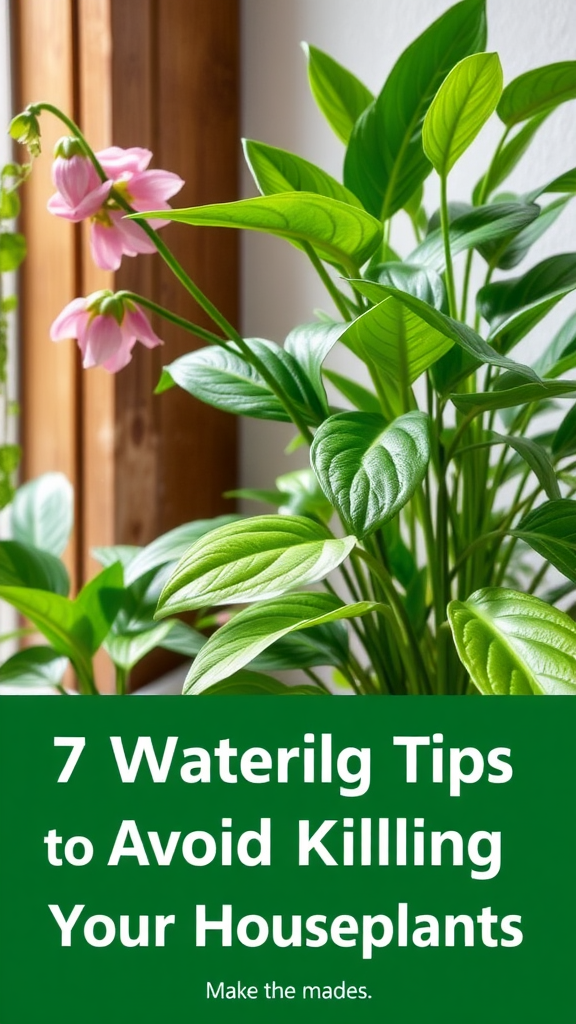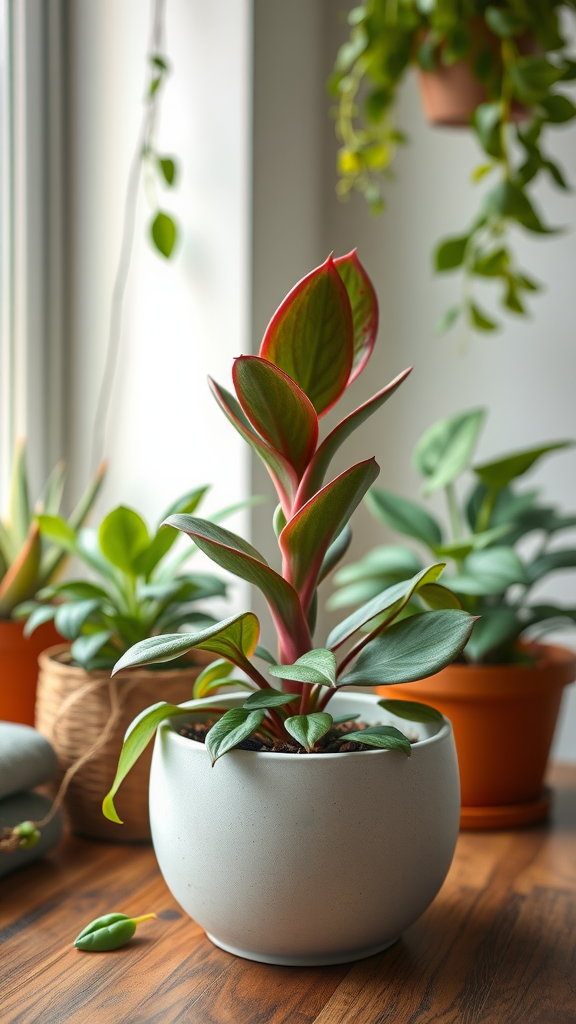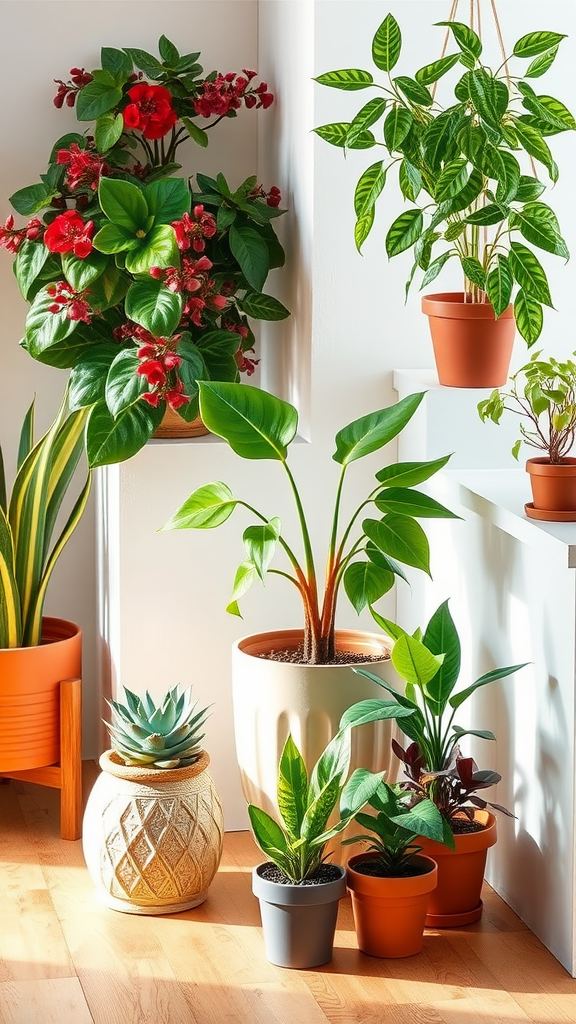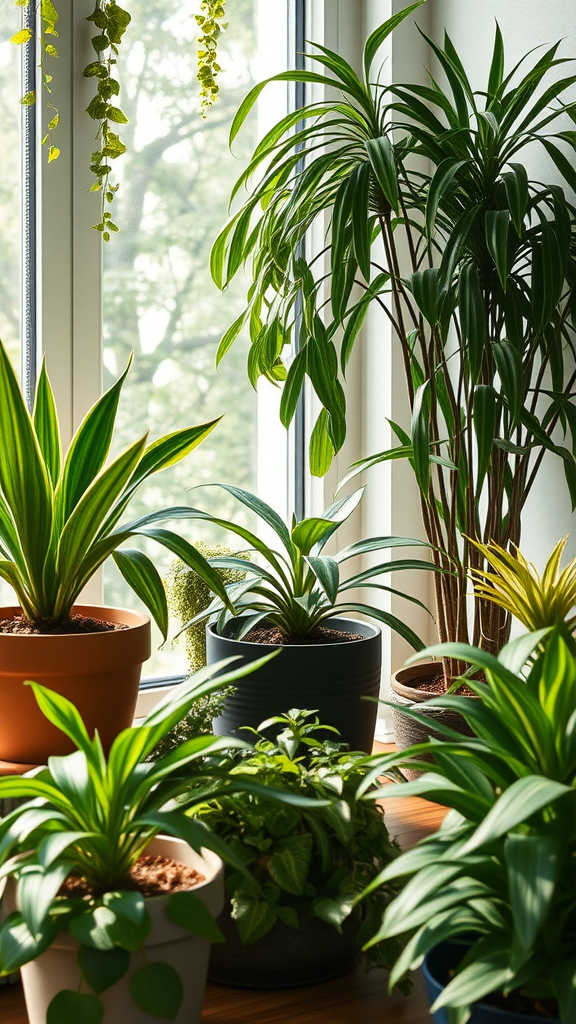Effective Strategies for Properly Watering Houseplants
Watering your houseplants can seem simple, but it’s an art and science that requires attention to detail. Many plant lovers face one common challenge: keeping their beloved greenery alive and thriving. One of the most critical factors affecting plant health is water. Too little or too much can spell disaster. Here are some effective strategies to help you properly water your houseplants and ensure they grow beautifully.
Understand Your Plant’s Needs
Each type of houseplant has unique watering requirements. Some plants prefer drier soil, while others thrive in a more humid environment. Before you start watering, research your specific plant species to understand how often and how much water it needs. Keep in mind that factors such as size, pot material, and environmental conditions will influence watering frequency.
Check the Soil Moisture
Before watering, it’s essential to check the moisture level of the soil. Stick your finger about an inch deep into the soil. If it feels dry to the touch, it’s time to water. If it’s still moist, hold off for a few more days. This simple technique can prevent overwatering, which is one of the leading causes of houseplant death.
Water Thoroughly, but Less Often
When you do water, aim for a thorough soak. Watering deeply encourages the roots to grow deeper into the soil, which leads to healthier plants. Here’s how:
- Water until you see it draining from the bottom of the pot.
- Make sure the pot has drainage holes to prevent standing water.
By allowing the soil to dry out between waterings, you encourage healthy root systems while also minimizing the risk of mold and rot.
Use the Right Water
The type of water you use can affect plant health. Tap water is often treated with chemicals like chlorine, which can hurt some sensitive plants. Here are some alternatives:
- Filtered water: Reduces chemicals and impurities.
- Rainwater: A natural source that plants love.
- Room-temperature water: Cold water can shock plant roots.
Choosing the right water can contribute significantly to your plant’s well-being.
Observe Environmental Conditions
Remember that environmental factors like temperature and humidity affect how much water your plants need. During the winter months or in air-conditioned rooms, plants may require less water because they use moisture slower. On the other hand, during the hotter months, you may need to increase your watering schedule. Pay attention to your plant’s cues; yellowing leaves may indicate too much water, while crispy leaves suggest the plant is thirsty.
Consider Using a Moisture Meter
If you’re unsure about your plant’s water levels, a moisture meter can be a helpful tool. Insert the meter into the soil and check the readings. This device can take the guesswork out of watering, allowing you to provide the right amount of moisture at the right time.
Adjust for Potting Mix Composition
The potting mix you use can greatly affect how water is retained in the soil. Some mixes are designed to hold moisture, while others are more free-draining. Pay attention to the composition of your potting mix:
- Peat-based soils: Retain moisture longer, might need less frequent watering.
- Succulent soil: Drains quickly; needs more frequent checks for moisture.
Understanding the potting mix ensures you can adjust your watering accordingly.
Encourage Drainage
Proper drainage is vital in preventing root rot. Make sure your pots have proper drainage holes. Consider elevating your pots slightly with pot feet or a tray, which allows air to circulate beneath the pot and ensures excess water does not sit at the bottom. You can also add pebbles at the bottom of the pot to enhance drainage.
By keeping these watering tips in mind, you can create a nurturing environment for your houseplants. Enjoy watching them thrive as you master the art of proper watering, ensuring your green companions are healthy and vibrant.
Common Watering Mistakes and How to Avoid Them
Houseplants can be a joy to have, but if you’re not careful, they can suffer from common watering mistakes. Here are some effective ways to ensure your plants thrive and grow healthy by avoiding these watering pitfalls.
Overwatering: The Silent Killer
Overwatering is often the biggest mistake new plant owners make. Plants need water, but too much can drown their roots and lead to rot. To avoid overwatering:
- Check the Soil: Before watering, stick your finger into the soil. If the top two inches feel dry, it’s time to add water.
- Use Proper Drainage: Ensure your pots have drainage holes. If water collects at the bottom, it can cause root rot.
Underwatering: A Common Oversight
Just as overwatering can harm your plants, underwatering can also lead to problems. Here are some signs your plant may need more water:
- Dry Soil: If the soil pulls away from the edges of the pot, it’s time for a drink.
- Wilting Leaves: Leaves that look droopy or shriveled are a clear sign of underwatering.
To combat underwatering:
- Regularly Check Moisture: Develop a routine to check your plants’ moisture levels, especially during hot weather.
- Adjust Watering Schedule: Water more frequently in summer and less in winter to match your plant’s needs.
Water Quality Matters
The quality of the water you use can affect your plants. Tap water often contains chemicals like chlorine, which can be harmful in high concentrations. To improve water quality:
- Use Filtered Water: Consider using a filter or rainwater to give your plants the best chance to thrive.
- Let Tap Water Sit: If you use tap water, let it sit for 24 hours to allow chlorine to evaporate before watering.
Poor Watering Technique
How you water your plants can make a big difference. Here are some things to keep in mind to improve your watering technique:
- Water at the Base: Always water the base of the plant rather than the leaves. This allows the water to go straight to the roots.
- Water Evenly: Make sure to water all the way around the pot. This encourages even root growth.
Ignoring Plant Needs
Every plant has different watering needs. Some thrive in moist soil, while others prefer drier conditions. To provide the right care:
- Research Plant Types: Learn about the specific needs of your houseplants. This information is often available with the plant’s label or online.
- Monitor Growth: Pay attention to how your plants respond to watering. Adjust your routine accordingly.
Seasonal Changes Affecting Watering
Seasons can greatly influence how much water your plants need. During the winter, many plants enter a dormant phase. During this time:
- Reduce Watering: Cut back on how often you water, as plants often need less moisture.
- Humidity Levels: Indoor heating can dry out air. Consider misting plants or using a humidifier if needed.
Correcting Watering Mistakes
If you find that you’ve made a watering mistake, don’t panic! Here’s how to correct it:
- For Overwatered Plants: Remove the plant from its pot, trim away any rotten roots, and repot it in fresh soil.
- For Underwatered Plants: Soak the plant in water for a few hours to ensure the roots absorb moisture.
By following these strategies, you can significantly reduce the common watering mistakes that lead to unhappy houseplants. Remember, care and attention are key to nurturing your green friends and enhancing your indoor space!
Conclusion
Taking proper care of your houseplants can significantly enhance their health and longevity. By following effective strategies for watering, you can nurture your plants without falling into the common traps that lead to overwatering or underwatering. Remember, the key to thriving houseplants lies in understanding their specific needs. Factors like the type of plant, the season, and environmental conditions play a critical role in determining how often and how much water they require.
Avoiding common watering mistakes is equally important. Always ensure that your pots have proper drainage; this simple step can save your plants from root rot. Developing a consistent watering routine will help keep your plants happy. However, don’t forget to check the soil moisture first! Each plant has its own preferences, so getting to know them better will lead to better care.
Ultimately, nurturing your houseplants makes your living environment more vibrant and enjoyable. Not only does it create a sense of peace, but it also purifies the air. Take the time to study and understand your plants, experiment with different watering techniques, and adjust as needed. By mastering these watering tips and avoiding common pitfalls, you’ll foster a flourishing indoor garden. With patience and attention, you can enjoy the lush, green beauty of thriving houseplants in your home for years to come.





